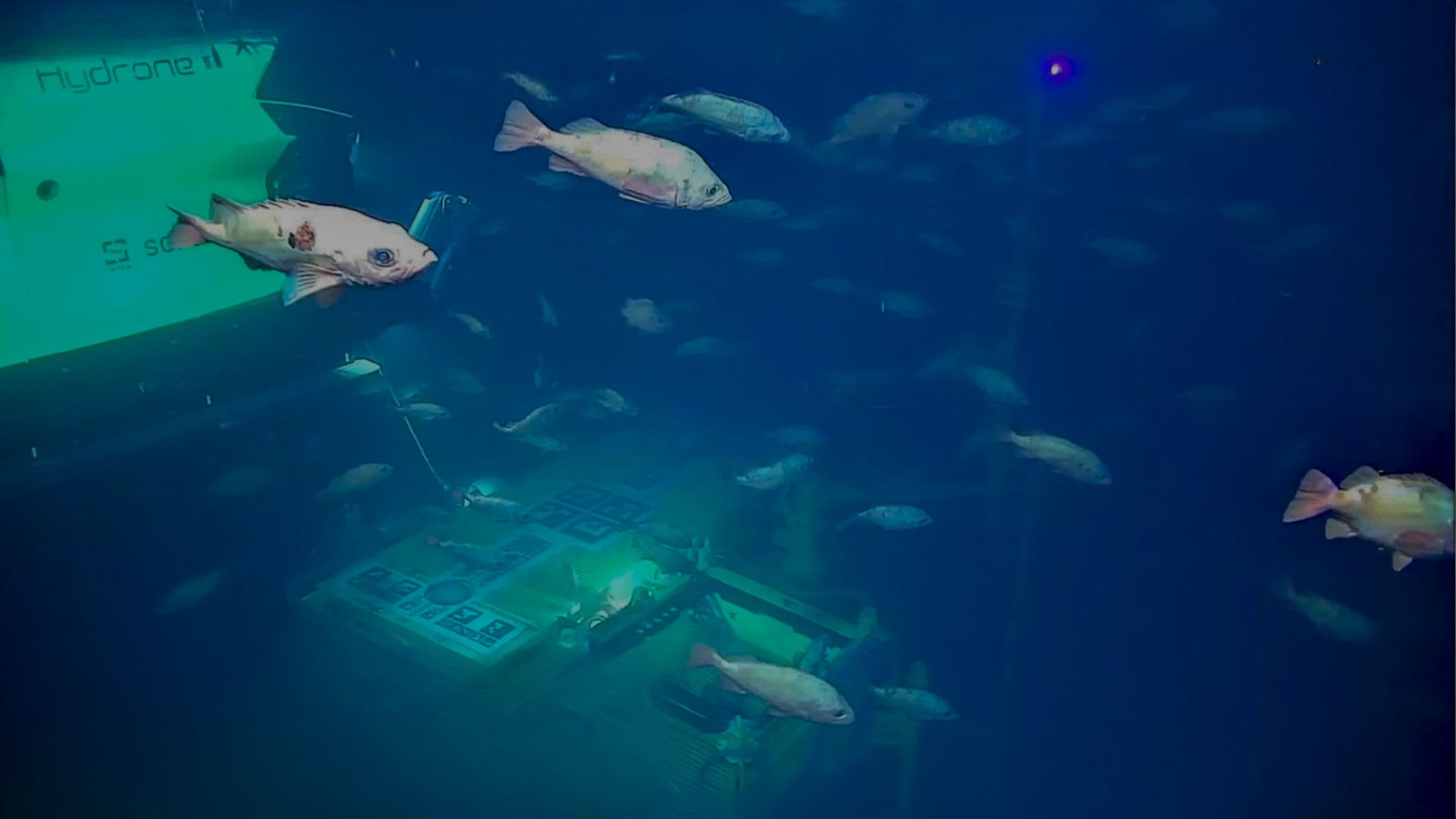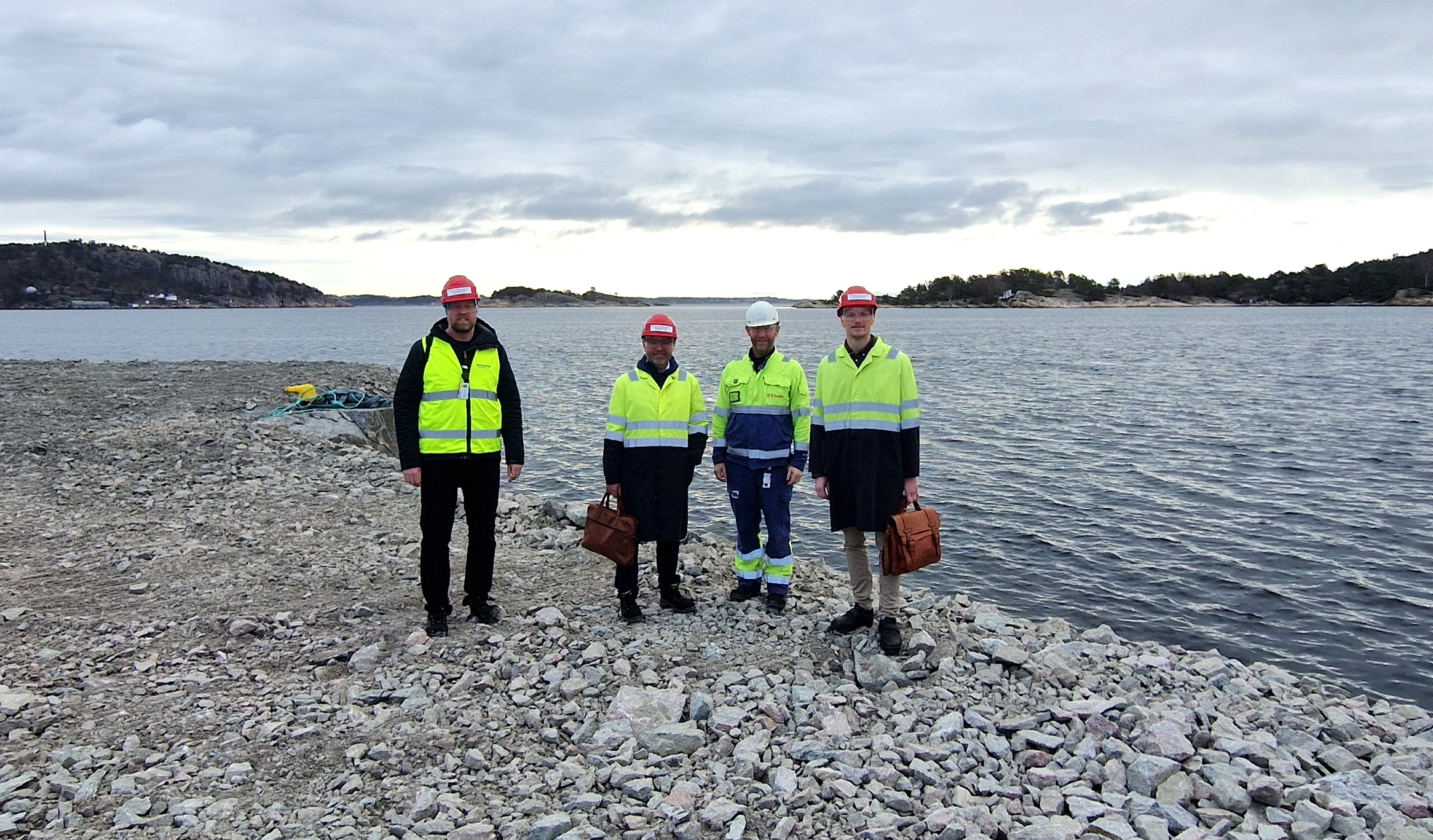“That is a world record,” says Thomas J.J. Meyer, Chief Operating Officer at Unplugged, a company headquartered in Kristiansand.
The operation took place at Equinor’s Njord Field in the North Sea. Utilizing wireless inductive charging technology from Unplugged, the drone’s batteries were charged under water.
While conventional ROVs are dependent on a vessel for doing their job under water, a drone can operate on its own. Thanks to a group of smart engineers at Unplugged, underwater drones can now be powered wirelessly and without having to surface. They can operate at depths of 3,000 meters.
“We are proud to see our technology performing so well under extreme conditions. Inductive charging technology is a safe and sustainable means of supplying power to subsea assets, all but eliminating the risk of explosions and corrosion”, says Meyer.
COST-SAVING
The Equinor drone operation at the Njord Field is the first ever of its kind. The Hydron-R Drone performed more than 10 autonomous missions and opened and closed numerous valves. It docked and undocked for power charging 280 times during the 165 days under water.

“Unmanned self-charging underwater drones are the future of subsea operations. They are cost-effective and reliable janitors that keep working in all weather conditions”, says Meyer.
Unplugged is a tech firm established by Geir Olav Gyland in 2002. The development of subsea inductive charging technology gained speed around 2018 because of a growing demand for autonomous technology offshore. Unplugged’s underwater charging technology can transmit both power and data through the same interface, thus enabling control both from onshore and a rig.
“We continue to develop our drone technology, and work to perfect its ability to change work tools under water. We see a bright future for our technology,” says Meyer.



